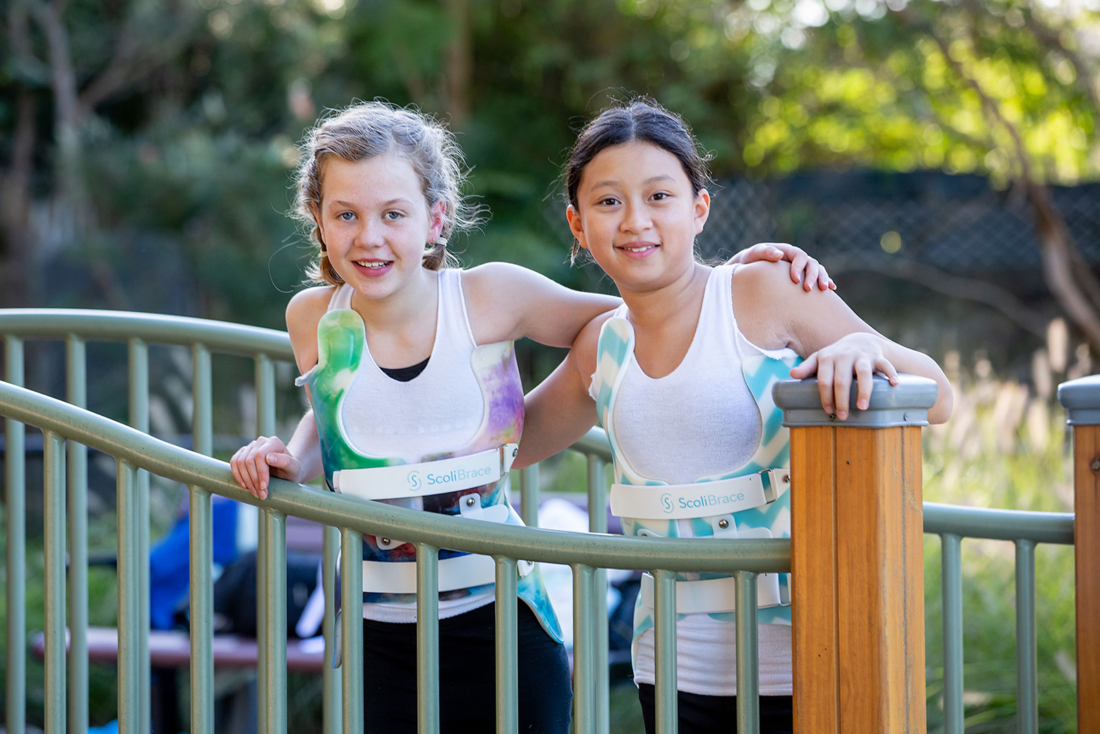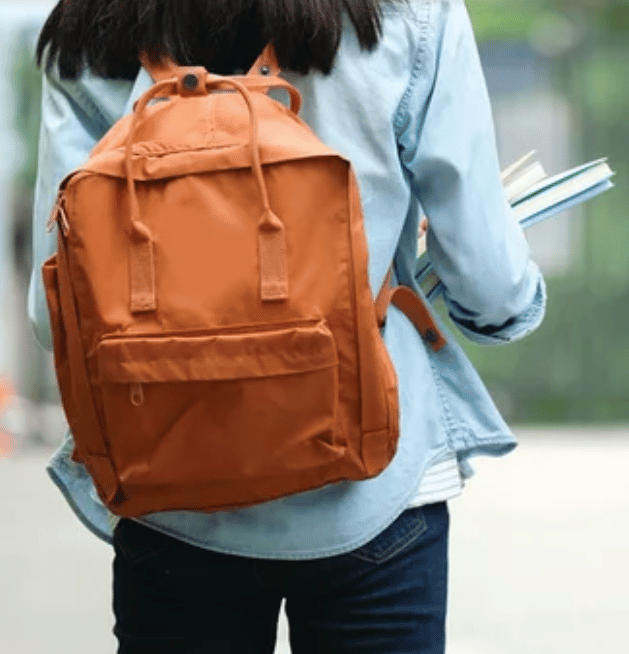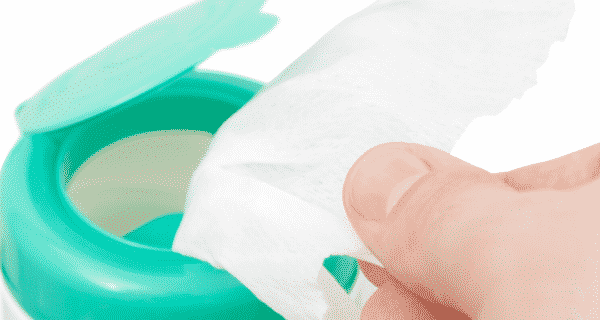Being prescribed a scoliosis brace as a child or teenager can be a challenging time.The diagnosis of scoliosis alone may be a shock and bring with it a certain level of stress which can be hard to navigate for some kids and adults alike.
 Unfortunately, there isn’t always a quick and easy solution for a child or teenager starting to wear a brace. For some, they will simply put the brace on and accept it, while others may struggle in the beginning.
Unfortunately, there isn’t always a quick and easy solution for a child or teenager starting to wear a brace. For some, they will simply put the brace on and accept it, while others may struggle in the beginning.
Over time though, with the help of a supportive network, the journey will become easier and impacts on lifestyle won’t seem as great. Let’s look at some ways different groups can be supportive in the initial stages and throughout the bracing journey.
How can your Scoliosis Clinician help?
Clinician’s can support patients at the start of wearing their brace by acknowledging that there can be some inconvenience and discomfort. It can take a little time to
get used to the brace, and both you and the clinician being empathetic will help. It’s also important to be clear about the hours of wear prescribed, and how to build to the total hours required – check in with the clinician at any time if you are unsure.
Kids and teenagers will have questions. Answering them through discussion with your clinician including them providing drawings and demonstrations will help patients better understand the benefits of bracing.
Additionally, ask your clinician about using a brace sensor. This may help a child or teenager with their brace wear compliance. There is evidence to show that when electronic sensors are used to track brace compliance, and adolescents are cou
nseled about the results by their doctor, they are more likely to wear the brace for the prescribed hours per day (1).
It’s important to speak to the school.

Starting to wear a brace to school can be overwhelming. For the first week or so after the brace fitting, the brace shouldn’t be worn to school. Once it is being worn at school, it’s important to take regular breaks from sitting.
It’s helpful to speak to the school about the bracing treatment, so the child or teenager feels supported at school. It can also be useful if teachers are aware that the child may be a little late to class as they navigate taking the brace on and off before and after sport.
Kids and teenagers with scoliosis may not want to be the centre of attention and so it can be useful if the teachers allow some extra time for getting ready, especially at the beginning while the child is getting used to the brace.
Family members play an important role.
Staying positive at home is important. Encourage your child or teenager to talk about their experience and feelings. It may be helpful to enlist the help of a family member or trusted friend to whom the child may feel more comfortable sharing their concerns. Often, emotions get in the way of common-sense advice, and it’s good to have an impartial person to offer insights.
Try to be as well informed as you can so that you can answer their questions as they arise. Or if you don’t know, commit to finding an answer. You can also discuss any questions at your routine appointments to monitor progress.
If full time brace wear is required, you can discuss sleeping positions with them and help them find the most comfortable sleeping position with their bed, pillow and brace. Acknowledge that the first few nights may be a bit tricky, but that they will get there.
Research has shown that the more a child or teen wears their brace, the better the chance that the brace will be successful (2), so it’s also beneficial that kids and teens are reminded about the importance of wearing the brace even though it may be hard at times.
Questions about bracing?
Your child or teenager might be at the start of their journey and diagnosis, so it’s natural to have lots of questions about scoliosis bracing. There are many different types of braces for scoliosis bracing, but not all braces are made the same.
The ScoliBrace is a custom made brace, designed and made for each individual patient. For kids and teens, the brace’s over-corrective approach and asymmetrical design harnesses spinal coupling, not 3 point pressure, for the best possible clinical outcomes.
If you have questions about ScoliBrace or bracing treatment in general, get in touch with a ScoliBrace Provider near you.
References:
- Donzelli, S., Zaina, F., and Negrini, S. (2012). In defense of adolescents: They really do use braces for the hours prescribed, if good help is provided. Results from a prospective everyday clinic cohort using thermobrace.
- Weinstein, S., Dolan, LA., Wright, JG., and Dobbs, M. (2013). Effects of bracing in adolescents with idiopathic scoliosis. The New England Journal of Medicine. 369:16.


